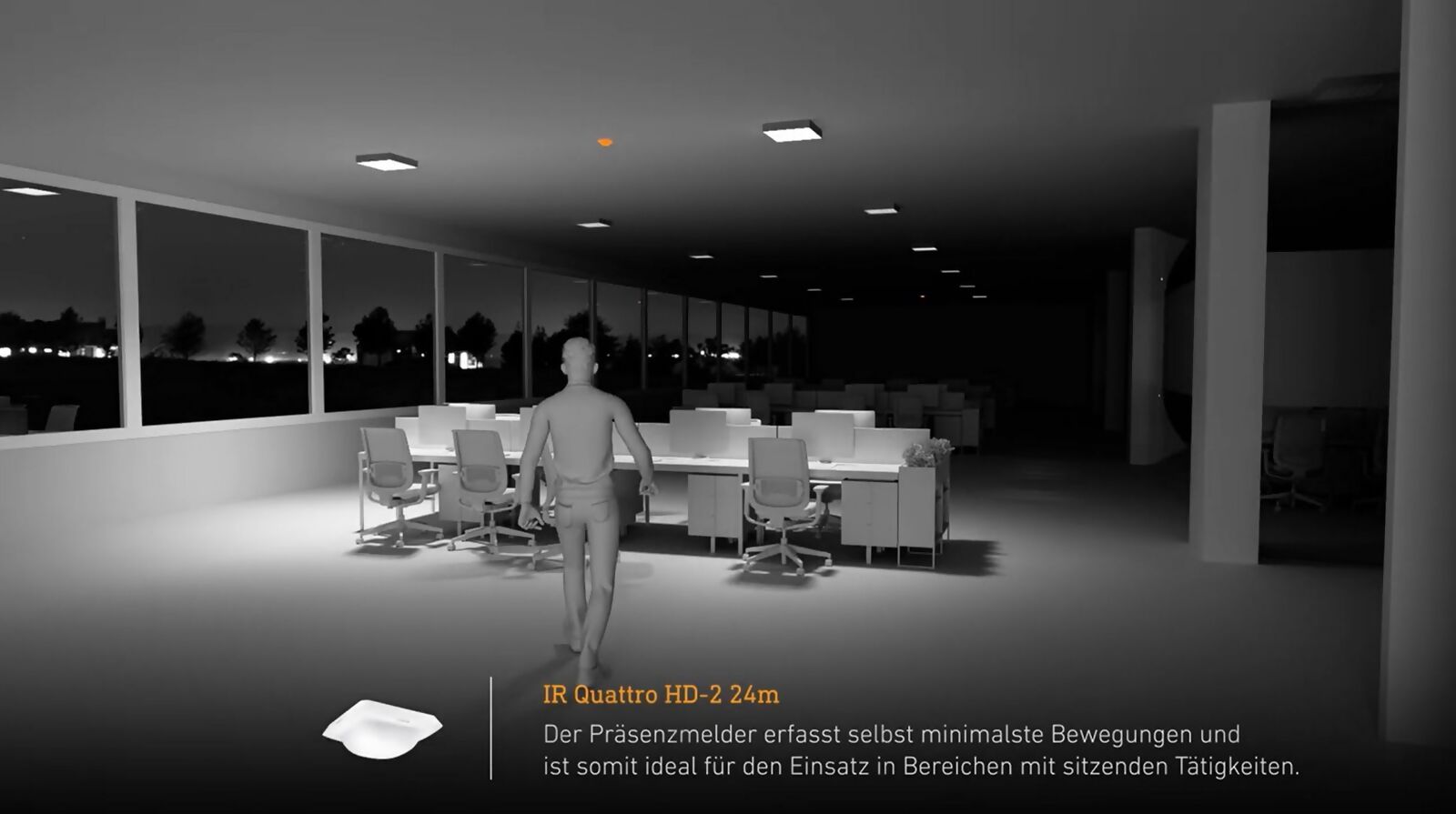1. Important product
information
Please read carefully and keep in a safe
place.
– Under copyright. Reproduction either in
whole or in part only with our consent.
2. General safety precautions
Risk of electric shock!
230 V means danger to life!
• Disconnect the power supply before
attempting any work on the unit.
• During installation, the electric power cable
being connected must not be live.
Therefore, switch off the power first and
use a voltage tester to make sure the
wiring is off-circuit.
• Installing the unit involves work on the
mains power supply. This work must
therefore be carried out professionally in
accordance with national wiring regulations
and electrical operating conditions. (e.g.
DE - VDE 0100, AT - ÖVE / ÖNORM
E8001-1, CH - SEV 1000)
• Only use genuine replacement parts.
• Repairs may only be made by specialist
workshops.
3. Proper use
The sensor switches are equipped with
a pyro sensor which detects the invisible
heat emitted by moving objects (people,
animals etc.). The heat detected in this way
is converted electronically into a signal that
switches a connected load ON (e.g. a light).
4. Electrical Connection
Caution: reversing the connections may
result in damage to the unit.
Note: mixing up the connections will
produce a short circuit in the product or your
fuse box. In this case, you must identify the
individual conductors once again
and reconnect them.
5. Installation
• Check all components for damage.
• Do not use the product if it is damaged.
• When installing the unit, make sure the
installation site is not subject to vibration.
• Select an appropriate mounting location,
taking the reach and motion detection into
consideration.
6. Cleaning and Maintenance
The unit requires no maintenance.
Hazard from electrical power.
Contact between water and live parts can
result in electrical shock, burns or death.
• Only clean unit in a dry state.
Risk of damage to property!
Using the wrong detergent can damage
the light.
• Clean unit with a moist cloth
without detergent.
7. Disposal
Electrical and electronic equipment, accessories
and packaging must be recycled in an
environmentally compatible manner.
Do not dispose of electrical and
electronic equipment as domestic
waste.
EU countries only: Under the current
European Directive on Waste Electrical and
Electronic Equipment and its implementation
in national law, electrical and electronic
equipment no longer suitable for use must
be collected separately and recycled in an
environmentally compatible manner.

